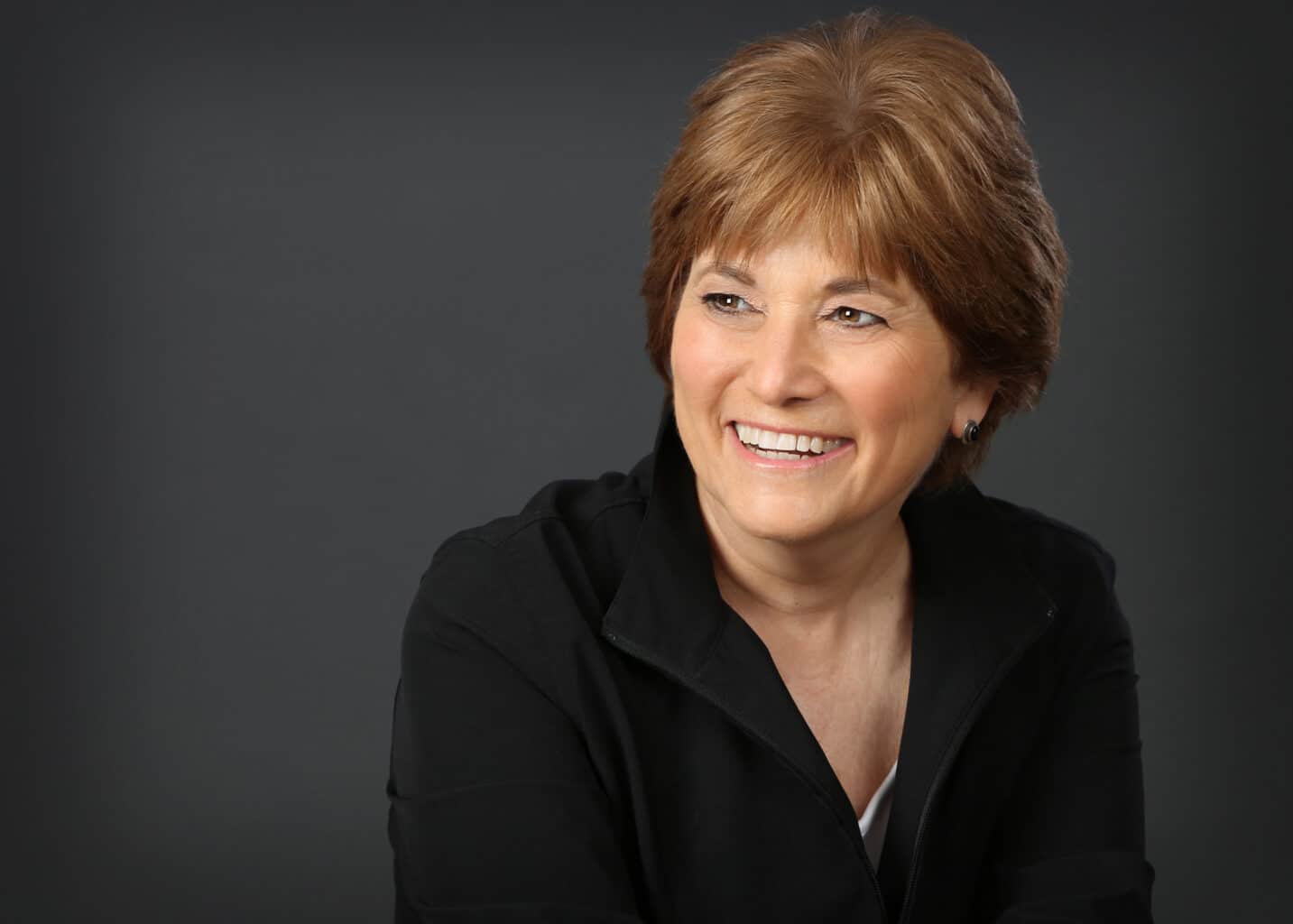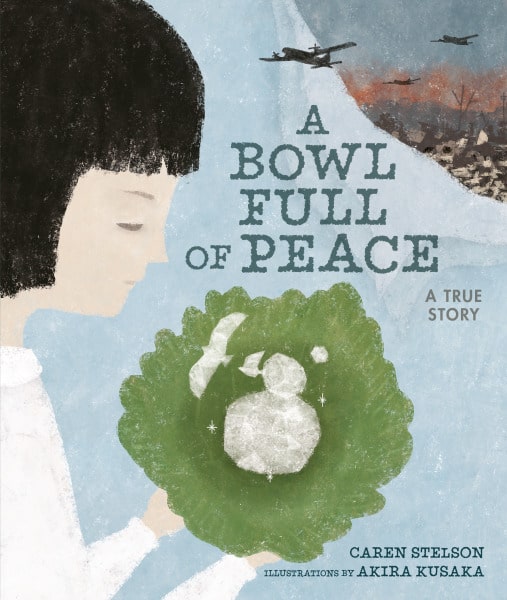Caren Stelson, author of A Bowl Full of Peace
Children’s Literature category, sponsored by Books for Africa
Each week leading up to the 33rd annual Minnesota Book Awards announcement, we are featuring exclusive interviews with our 36 finalists. You can also watch the authors in conversation with their fellow category finalists here.
In a year defined by a pandemic and its fallout, virtually everything about our lives has changed in some way. How has COVID-19 impacted your writing habits and preferences? Has the unique zeitgeist of the past year influenced your writing output in any ways that you can pinpoint?

How has this pandemic year impacted my writing habits? First and foremost, I’ve been incredibly grateful to have good work at my desk, the internet at my fingertips and a home and home life to keep me warm, fed, and sane. Most writers live in the space between “in the world” and “of the world.” During this pandemic time, I found myself two feet “in the world,” absorbed in the explosive events around me. My biggest question was: How can I help? My grown kids? My little grandchildren? Teachers? Young readers? My city. My country? Besides the pandemic, so much was unfolding. The death of George Floyd and the summer protests erupted very close to my Minneapolis home before they reverberated around the world. The national election. The impeachments. The Capitol insurrection. I knew I was witnessing history as well as living my life. I had to pay attention and be involved and that upended my writing routine. This radical year will certainly influence my writing in the years to come, I’m just not sure how.
Would you tell us one or two things about your finalist book that you are particularly proud of, and why? (Sure, it may feel a bit un-Minnesotan to say so, but it’s not boasting if we ask!)
A Bowl Full of Peace was a difficult story both to write and share with young readers. The picture book is about Sachiko Yasui and her family’s survival of the Nagasaki atomic bomb at the end of WWII and their pathway to peace. Aside from the courage it took to interview Sachiko Yasui about her experiences, my greatest pride is that A Bowl Full of Peace unfolded as a true picture book. The words and sensitive illustrations by Japanese artist Akira Kusaka work in synergy and deep cultural partnership, layering the story with greater meaning neither words or illustrations could do alone and clearly delivering the call for peace in the world.
What do you hope that your audience learns or takes away from your book?

My greatest hope for A Bowl Full of Peace is that readers of any age take away the importance of world peace. Sachiko Yasui is only six-years-old and less than a half mile from ground zero when the atomic bomb explodes over her city of Nagasaki. By some miracle she survives. When her family returns to the spot where her home once stood, they find only ash and one object, Grandmother’s bowl. By some miracle, the bowl had survived too, without a chip or crack. Everyone in the family, living and dead, has touched this bowl. The bowl becomes an endowed object, a ceramic container for memories and hope for peace in the world. But I’ve come to see what else is in Grandmother’s bowl. Courage. Determination. Resilience. Empathy. Compassion. Love. Sachiko could not have survived her devastating trauma without these values instilled in her by her parents. These are the same attributes we need to instill in our own children so they may find their own paths to peace.
Minnesota enjoys a reputation as a place that values literature and reading. If this sentiment rings true for you, what about our home state makes it such a welcoming and conductive place for writers?
Minnesota’s literary and artistic reputation is well known and well deserved. Lucky for those of us who write for children and young adults, the state has become one of the country’s hubs for children’s literature. What I most appreciate about the writing culture here is an unspoken consensus among children’s writers to encourage one another and share information about the publishing business, whether we find ourselves in a writing group or not. Writers who write for young readers can sometimes feel unsupported by the kind of literary art we create, but not in Minnesota. We’re taken seriously. And because of that appreciation, Minnesota writers for children and young adults may take more risks, broaden expectations, and by doing so, become leaders in the field.
What advice would you give to an aspiring writer with an interest in your category?
I have a keen interest in writing nonfiction for younger readers, whether in picture book or longer form. I love history and really enjoy the research process, from reading broadly about a subject, to trips to the archives, to interviewing subject matter experts. I find I create a community around the story I want to tell as I write the story on the page. Advice? If you are writing nonfiction of any kind, you have to love the research—but not too much or you’ll never finish writing that book. And you need to hone your storytelling skills. One of the most helpful things I did was study the art of fiction writing and story structure while working on my MFA for writing for Children and Young Adults at Hamline University. Story writing principles support nonfiction writing too. Here’s one more piece of advice: Believe in your topic, even if others tell you it’s not a topic for children. Trust yourself and the story then find a way to write it to help young people understand the world around them. The kids will thank you for it.
Tell us something about yourself that is not widely known! (It doesn’t have to be about your writing.)
I’m always surprised how short I am when I’m with a group of people, particularly if everyone is standing. I used to be the tallest kid in elementary school, but now at 5 feet, everyone usually towers over me. Maybe because I see the world at “kid level,” I like writing for children. Not really. I write for young people because they are the most important audience I can think to have for my readers.
Caren Stelson’s middle grade book Sachiko: A Nagasaki Bomb Survivor’s Story received a Sibert Honor Award and the Flora Stieglitz Straus Award. She received a Master of Fine Arts in Writing for Children and Young Adults from Hamline University. She is active in the Saint Paul-Nagasaki Sister City Committee.

